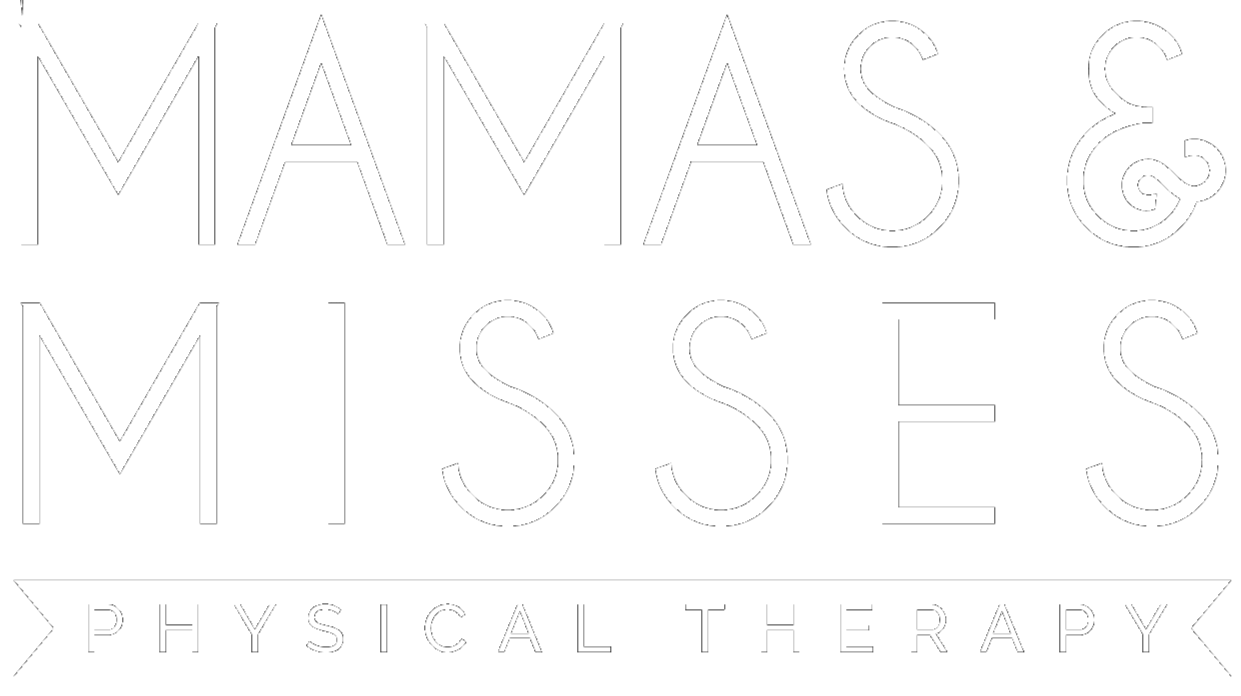
Postpartum Tips: How to Lift Heavy Things Safely
After giving birth, your body goes through significant changes and needs time to heal and regain strength. However, daily tasks, including lifting heavy items like your baby or groceries, don’t wait. It’s important to know how to lift heavy things safely to avoid injury and protect your healing body. Lifting improperly can lead to back pain, pelvic floor issues, and other complications.
During the postpartum period, your abdominal and pelvic muscles are weaker, and your joints are more flexible due to pregnancy hormones. This makes it easier to strain or injure yourself if you’re not careful. Knowing the risks associated with lifting and how to prepare your body can help you manage everyday tasks without compromising your health.
Don’t worry; I’m here to share tips on understanding the risks of lifting after childbirth, preparing your body for safe lifting, and proper lifting techniques. By following these guidelines, you can protect your body while performing daily tasks, ensuring a smoother and safer postpartum recovery.
Understanding the Risks of Lifting After Childbirth
Lifting heavy objects after childbirth can pose several risks due to the changes your body has undergone. During pregnancy, your abdominal muscles stretch and weaken, and your pelvic floor muscles may become overstressed.
This makes your core and pelvic region more vulnerable to injury. Lifting something heavy without taking proper precautions can strain these muscles further and potentially cause long-term damage.
One common risk is diastasis recti, a separation of the abdominal muscles that can worsen with improper lifting techniques. This condition affects your core strength and stability. Moreover, the ligaments and joints in your body, which remain more relaxed for a while after childbirth due to pregnancy hormones, can be more prone to injury if they are not adequately supported during lifting.
Understanding these risks highlights the importance of learning safe lifting techniques. This awareness can help you take proactive steps to protect your body, allowing for a smoother recovery and reducing the likelihood of complications.
Preparing Your Body for Safe Lifting
Before you start lifting heavy objects, it’s crucial to prepare your body to handle the physical demands. Begin with gentle exercises that strengthen your core and pelvic floor muscles. Kegels are a great way to start. Practice them by squeezing the muscles you would use to stop the flow of urine, holding for a few seconds, and then fully releasing and lengthening these muscles. This strengthens your pelvic floor and enhances control.
Engage in core strengthening exercises like pelvic tilts and gentle abdominal exercises. Lie on your back with your knees bent, slowly tilt your pelvis upward, and then lower back down. This movement helps activate your core muscles without putting too much strain on them. As you regain strength, you can gradually incorporate more advanced exercises like elevated planks and bridges.
It’s also important to practice deep breathing techniques. Deep breaths help engage your core muscles, providing better support for your spine and improving your overall stability. Breathing exercises can also help you manage the physical stress of lifting.
By preparing your body through these exercises and techniques, you will build the strength and stability needed to lift heavy objects safely, ensuring a healthier and safer postpartum recovery.
Proper Lifting Techniques for Postpartum Moms
Using the right technique when lifting heavy objects is essential for preventing injury during the postpartum period. Start by standing close to the object with your feet shoulder-width apart. Bend your knees and squat down, keeping your back straight and your core engaged. Avoid bending at the waist, as this can strain your back and abdominal muscles.
As you lift, use the strength of your legs rather than your back. Keep the object close to your body to maintain balance and reduce the risk of dropping it. If the object is particularly heavy or awkward, consider asking someone for help. Never try to lift something that feels too heavy for you alone.
When it comes to holding your baby, practice similar lifting techniques. Support your baby close to your chest and avoid twisting your body while lifting or holding them. Make sure to alternate sides when carrying your baby to prevent muscle imbalance.
By consistently using these proper lifting techniques, you can protect your body from unnecessary strain and support your postpartum recovery.
Additional Tips to Prevent Injury While Lifting
To further reduce the risk of injury while lifting, follow these additional tips:
1. Warm Up Your Muscles: Before lifting, do a quick warm-up like active stretching or light walking to get your muscles ready.
2. Listen to Your Body: If you feel pain or discomfort while lifting, stop immediately and assess the situation. Don’t push through pain.
3. Use Supportive Gear: Consider using a postpartum support belt to help stabilize your core and lower back during particularly active times of the day.
4. Modify as Needed: If you experience any difficulty, modify your lifting approach. For example, break up heavy loads into smaller, more manageable ones.
5. Stay Mindful: Pay attention to your posture and lifting mechanics throughout the day, even with lighter objects.
By incorporating these tips into your daily routine, you can further decrease the risk of injury and ensure you’re lifting heavy objects safely.
Protecting Your Body: Safe Lifting Postpartum
Lifting heavy objects safely is crucial for postpartum moms to protect their bodies and support healing. By understanding the risks, preparing your body, using proper lifting techniques, and following additional injury prevention tips, you can manage daily tasks without compromising your health. These practices can help ensure a smoother postpartum recovery period.
For more personalized support and expert guidance on postpartum health, consider reaching out to Mamas & Misses Physical Therapy. Our specialized postpartum therapies are designed to help you recover and thrive after childbirth. Visit Mamas & Misses today to learn more about how we can support your journey to better health!
